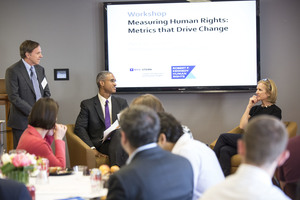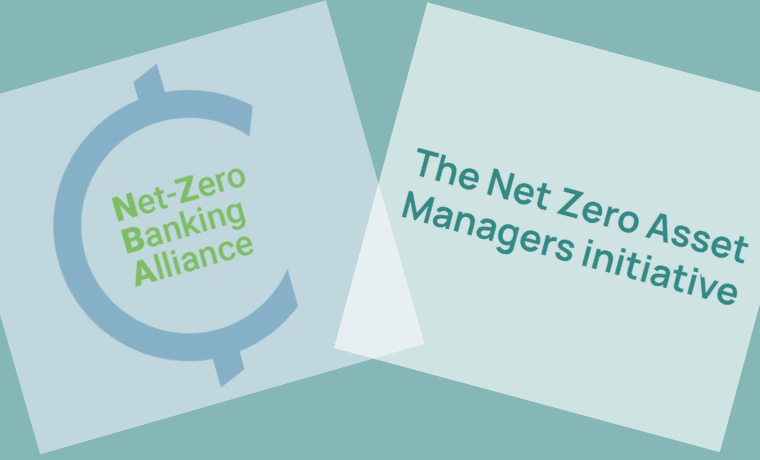Measuring Human Rights Performance

May 12, 2016
As companies work to meet their responsibility to respect human rights, metrics that help internal and external stakeholders understand the social impacts of their operations are urgently needed. While numerous measurement efforts have emerged in recent years, none has yet advanced a concise set of user-friendly, industry-specific indicators of strong performance.
On April 20 and 21, the NYU Stern Center for Business and Human Rights and the RFKennedy Compass Program at Robert F. Kennedy Human Rights convened a workshop to discuss and respond to this gap. The workshop, Measuring Human Rights Performance: Metrics that Drive Change, brought together more than 80 people from industry, civil society, ratings agencies, and academia to collaborate in defining the next generation of indicators.
The workshop began by examining the emergence and importance of environmental, social, and governance (ESG) factors in industry decision-making, and the relative underdevelopment of “social” factors, particularly regarding human rights. A panel of representatives from measurement initiatives then discussed lessons learned from three current approaches to developing human rights metrics. For the remainder of the day, participants broke into groups to identify what is and is not working about existing human rights measurement efforts from their diverse perspectives.
The groups generally agreed that existing efforts had increased awareness within companies and driven internal action and improvement. There was also consensus that the rankings of peer companies had a motivating effect. However, the groups felt there was still much work to be done. Concerns expressed included: the inefficiency and confusion caused by the high number of competing assessment tools and codes; the overemphasis on process rather than outcome, the difficulty of conveying context, and the practical challenges of using complex or numerous metrics.

Day two continued to explore current efforts with a panel discussion by investors on how they incorporate ESG data into their decision-making. The remainder of the workshop was organized around five parallel industry-specific working groups on low-wage manufacturing, construction, extractives, agriculture and fisheries, and information and communications technology. The groups first identified desired human rights outcomes within each industry and then indicators that could be used to measure a company’s performance with respect to these outcomes. In light of the conversations from day one, participants were asked to focus on indicators that measured impact, rather than commitments, policies, or processes, and to limit themselves to five to eight indicators for each industry.

Despite the difficulty of the task, discussions were open and active, yielding many informed and creative ideas. The energy in the room underscored the broad interest in finding a way to meaningfully measure human rights impacts and to help distinguish companies that are working hard to address these challenges.
In the coming months, the Center will build on these excellent discussions to develop a white paper that will examine the gaps in existing strategies for measuring social factors in investment and that will propose alternative approaches and draft metrics. We look forward to continuing to advance the state of social impact measurement together.
 Values-Based Investing
Values-Based Investing


